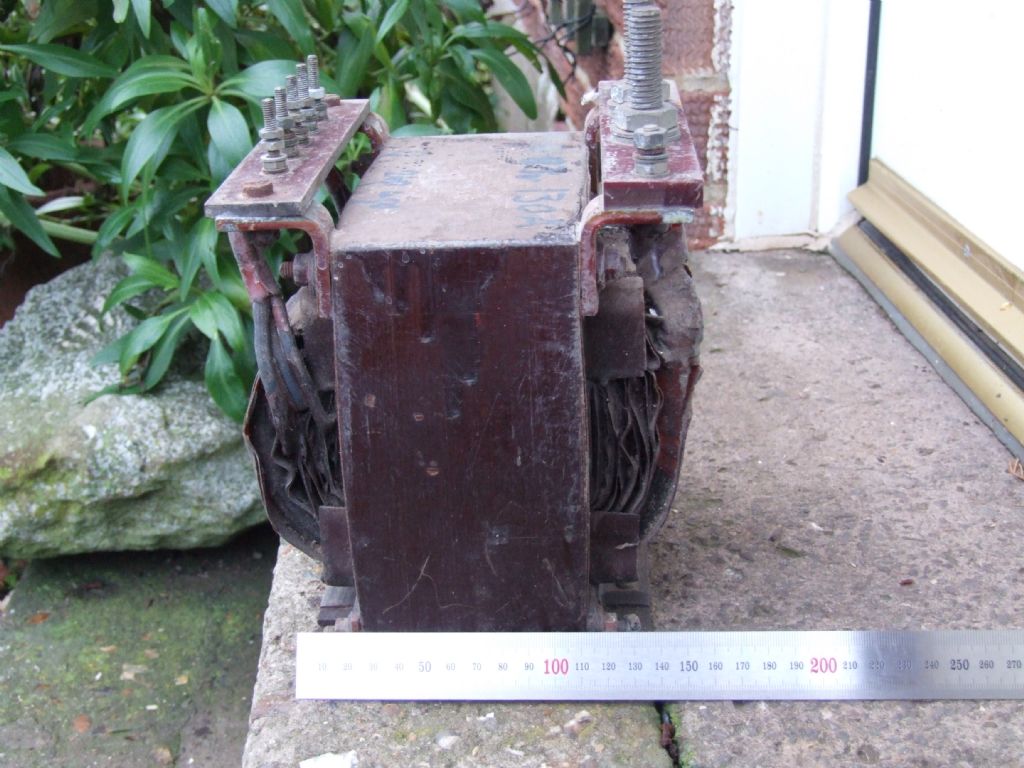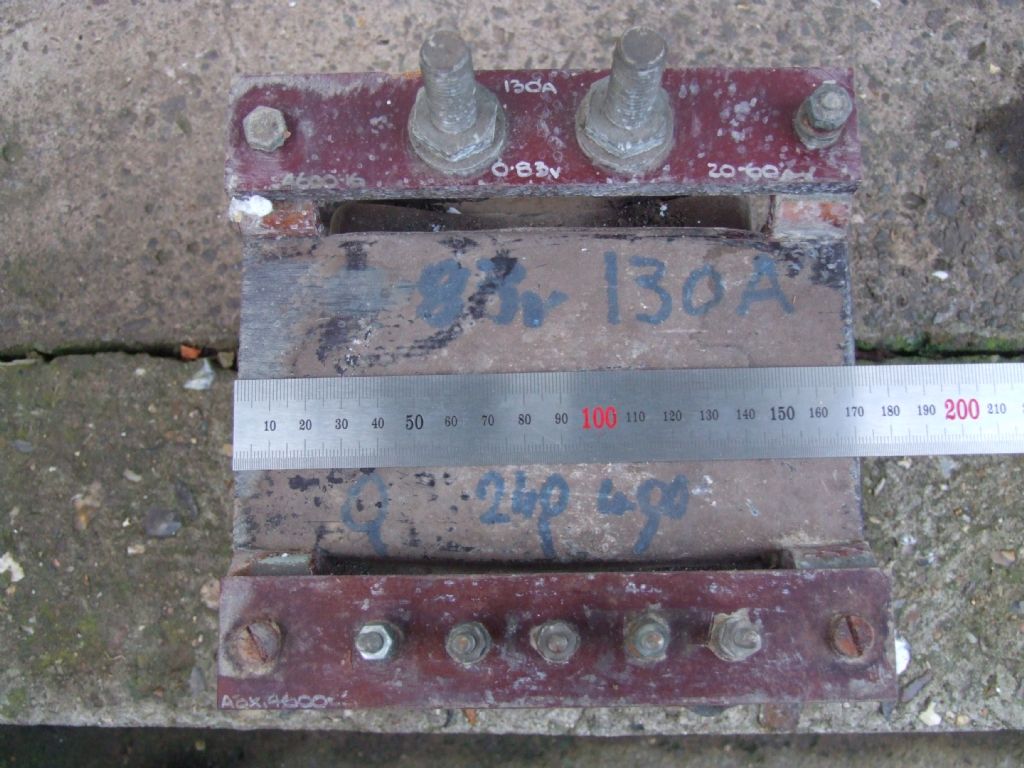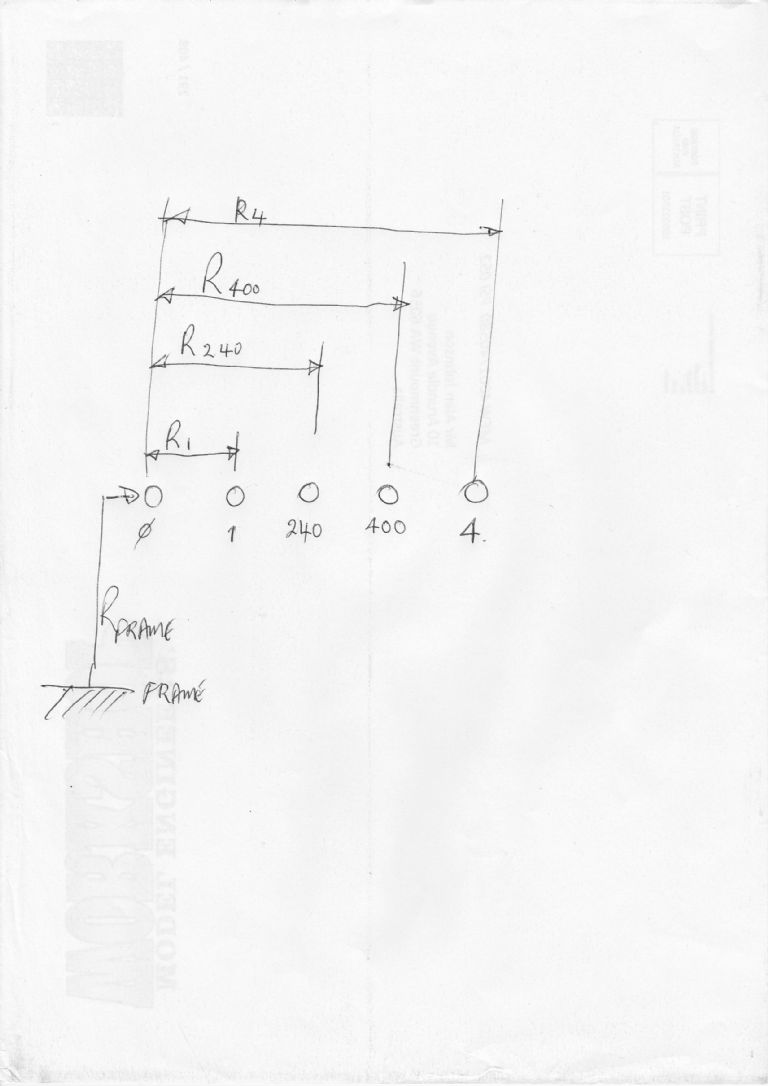IDEAS PLEASE ?
IDEAS PLEASE ?
- This topic has 22 replies, 14 voices, and was last updated 19 January 2021 at 12:54 by
noel shelley.
Viewing 23 posts - 1 through 23 (of 23 total)
Viewing 23 posts - 1 through 23 (of 23 total)
- Please log in to reply to this topic. Registering is free and easy using the links on the menu at the top of this page.
Latest Replies
Viewing 25 topics - 1 through 25 (of 25 total)
-
- Topic
- Voices
- Last Post
Viewing 25 topics - 1 through 25 (of 25 total)
Latest Issue
Newsletter Sign-up
Latest Replies
- Bridgeport ways and wear
- Twin Engineering’s heavy mill/drill quill removal
- New member
- Herbert B drill – a question and a curiosity…
- Pragotron Slave Clock
- Starrett and other tool manufacturer wood boxes
- M type top slide conversion??
- Boiler Design – issue 4765
- Colchester Chipmaster Clutch question
- Sanjay’s Banjo Engine








